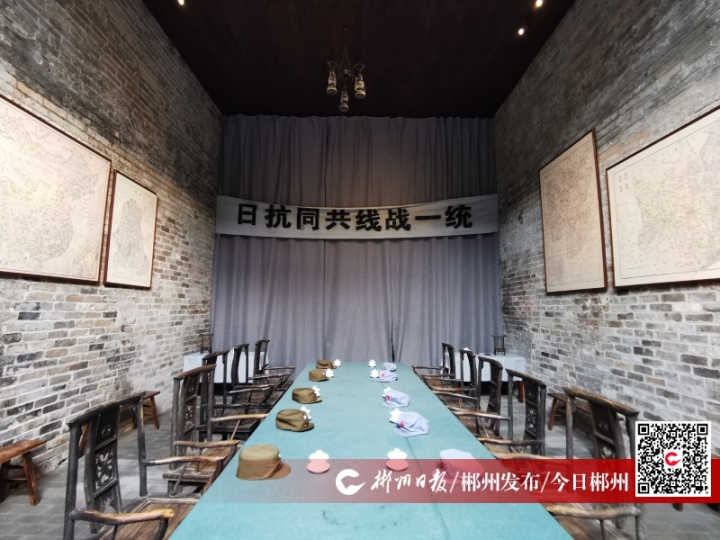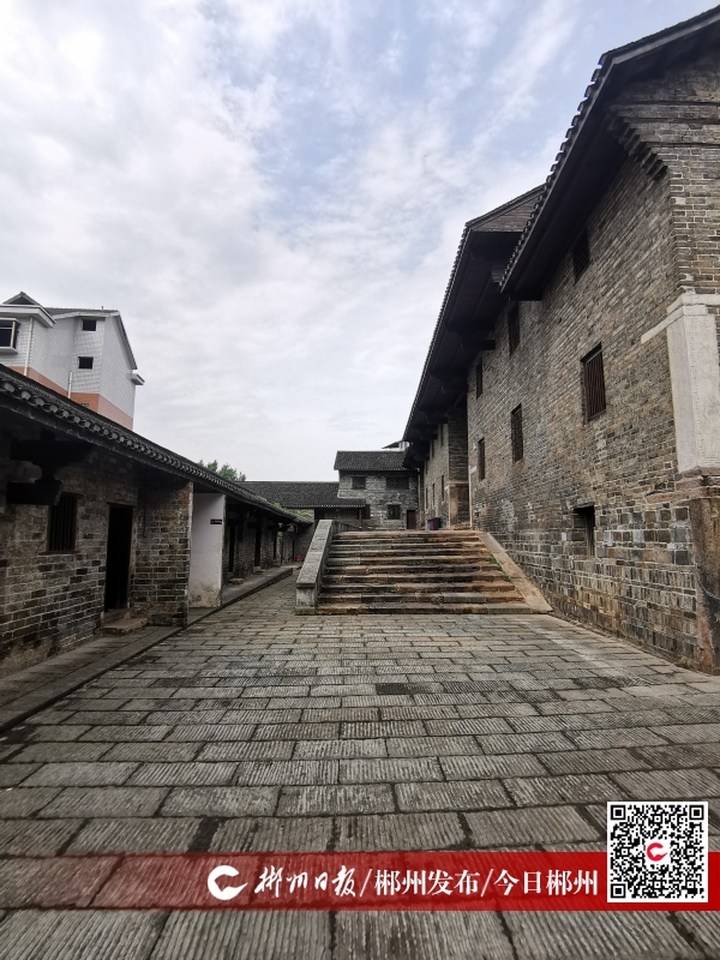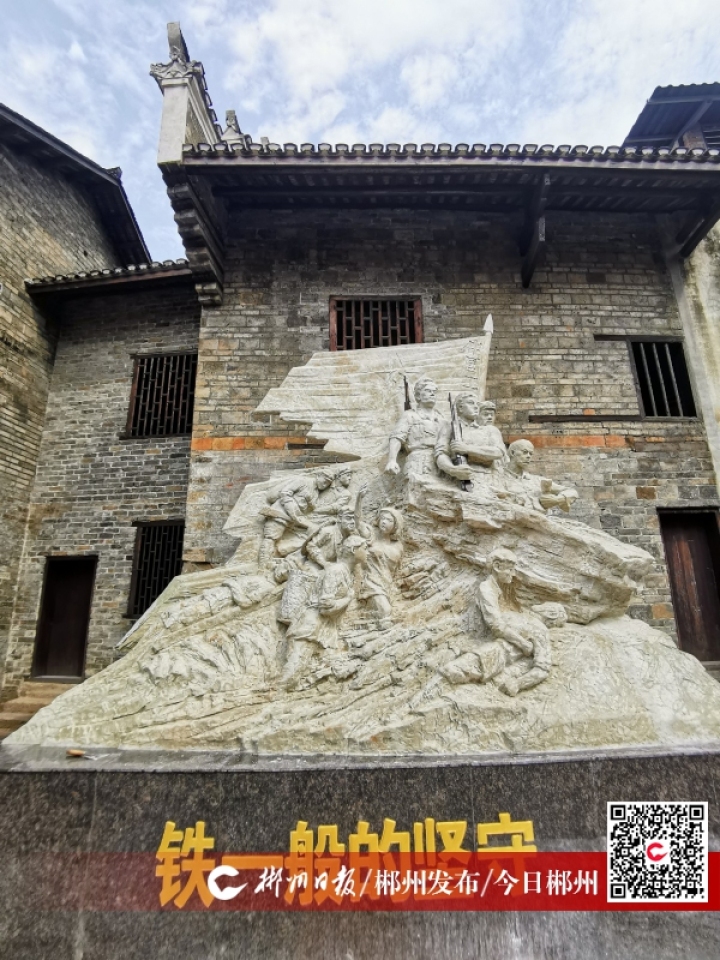Xiangnan’s Three-year Guerilla War Exhibition opens
The Xiangnan’s Three-year Guerilla War Exhibition was officially launched in Family Li’s House in Suxian District, Chenzhou City on July 5. It showcases the arduous battles waged by Xiangnan (the south of Hunan Province) Party organization and guerrillas,

After the Long March of the Central Red Army started in October 1934, the retained guerrilla forces in Southern Hunan, under the leadership of Hunan-Guangdong-Jiangxi Border Committee of the CPC, Xiangnan Special Committee of the CPC and the leaders such as Fang Weixia, Cai Huiwen and Zhou Li waged a tireless struggle against encirclement and suppression. The Anti-Japanese War broke out in 1937, which prompted KMT-CPC cooperation.
Zhang Chunlin, the secretary of the CPC Chen County Committee and Zheng Shaokang, the secretary of KMT Chen County Department negotiated for KMT-CPC cooperation in Family Li’s House, Chen County (today’s Suxian District) on March 18, 1938. Afterwards, guerrilla forces in Chen County, Zixing City and Yizhang County walked out of deep mountains and were transformed into the New Fourth Army, rushing to the front line.

Xiangnan’s Three-year Guerilla War is a milestone in the history of Chinese revolution. The central committee of the CPC and Mao Zedong issued Political Bureau of the Central Committee of the CPC’s Resolution on the Southern Guerrilla Area in December 1937, considering that the southern guerrilla area has persisted in guerrilla battles for a long time, basically carried out the Party’s line, completed the given tasks, and thus became a strategic pivot of Anti-Japanese War in southern provinces; comrades in the southern guerrilla area are models of the Party.

Family Li’s House (the site where negotiations about anti-Japanese cooperation were conducted between Kuo Min Tang and the Communist Party of China, is located in Longmenchi Community, Bailudong Street, Suxian District, Chenzhou City. The house with a two–storied brick and timber structure was built in the Qing Dynasty, covering 2,283 square meters. It is now a provincial cultural relics protection unit.




